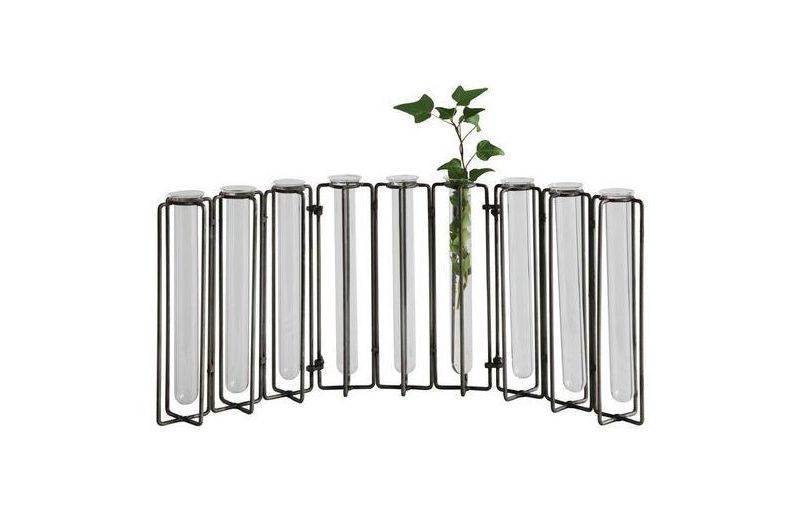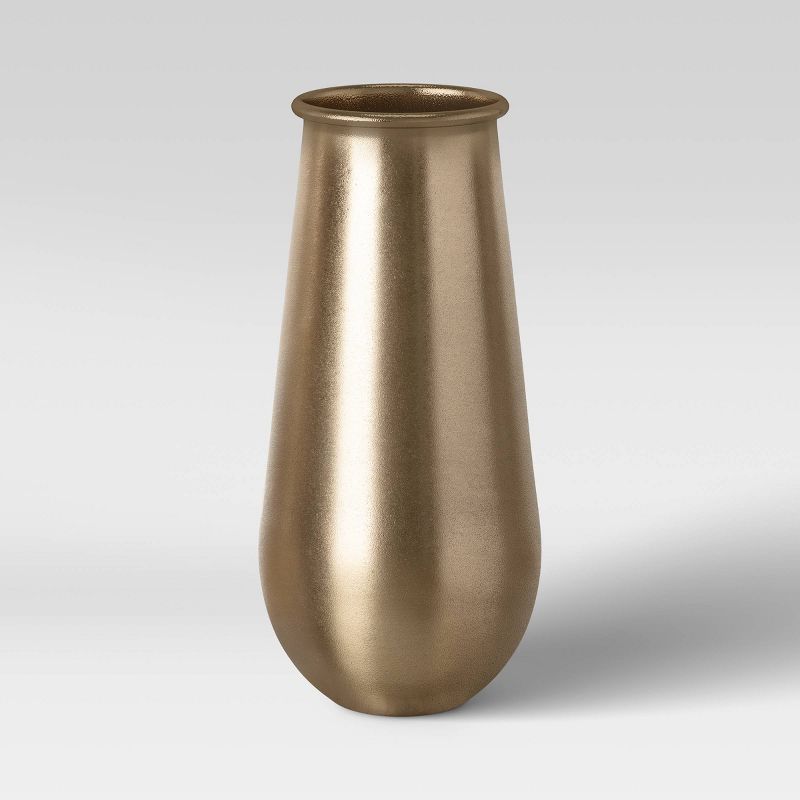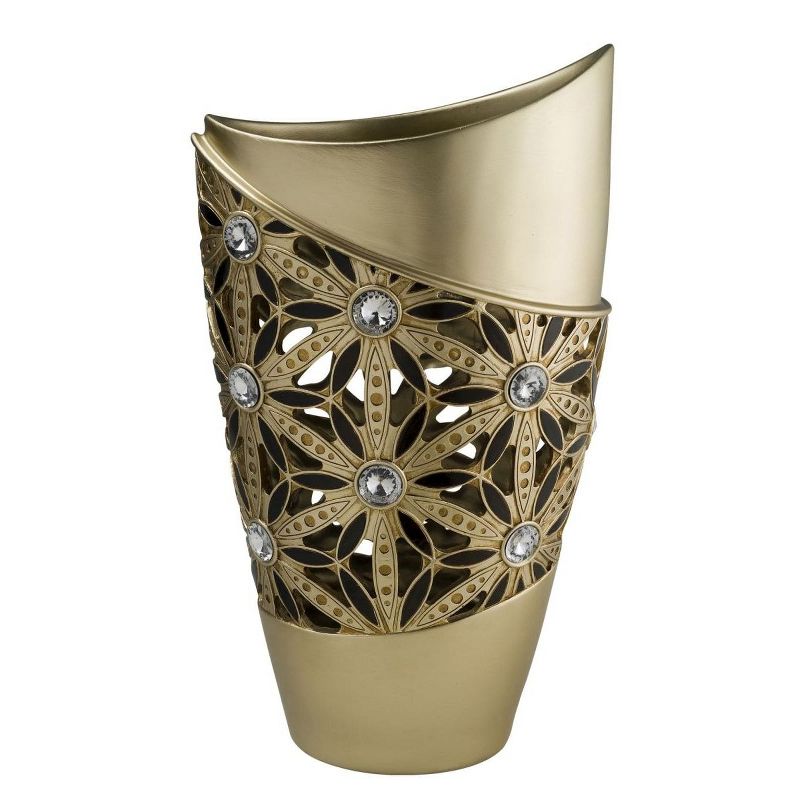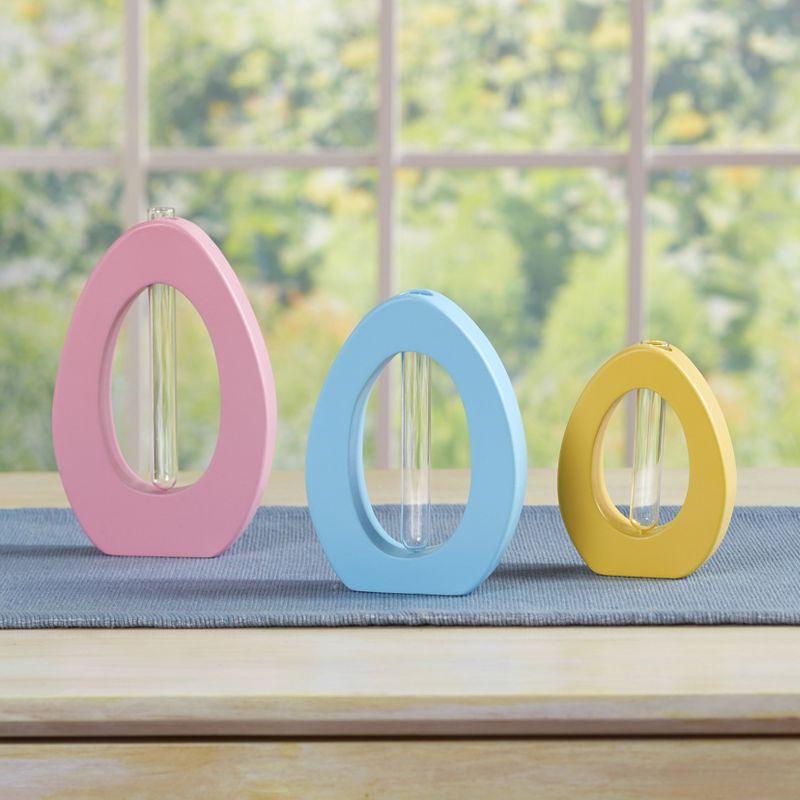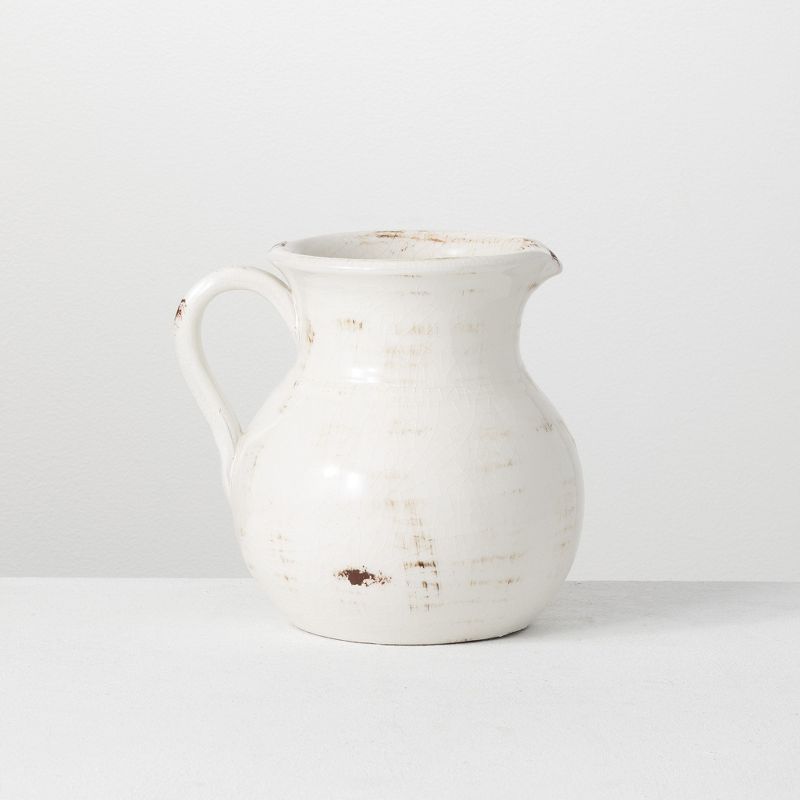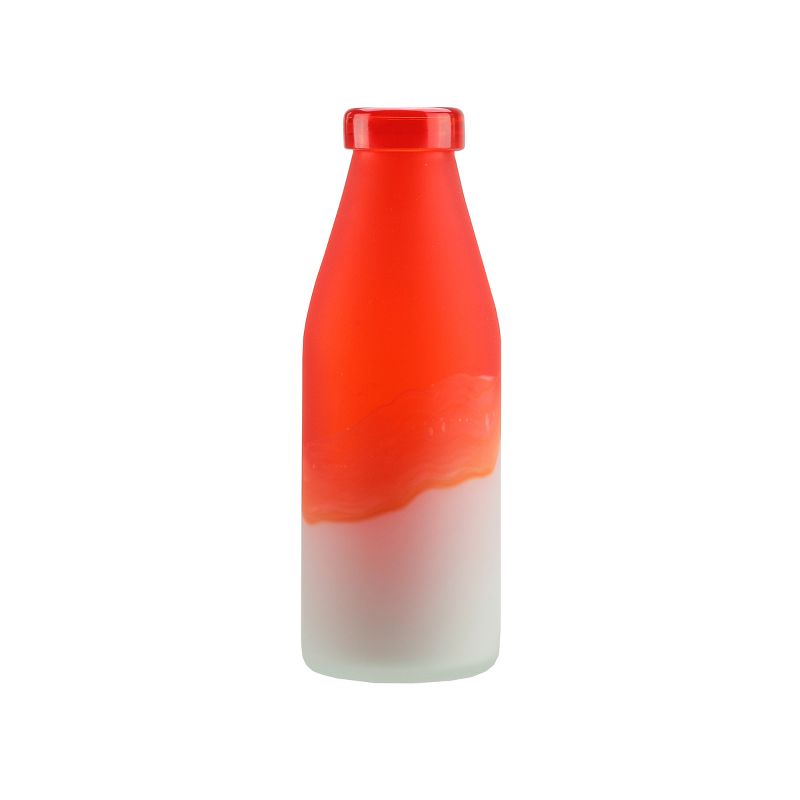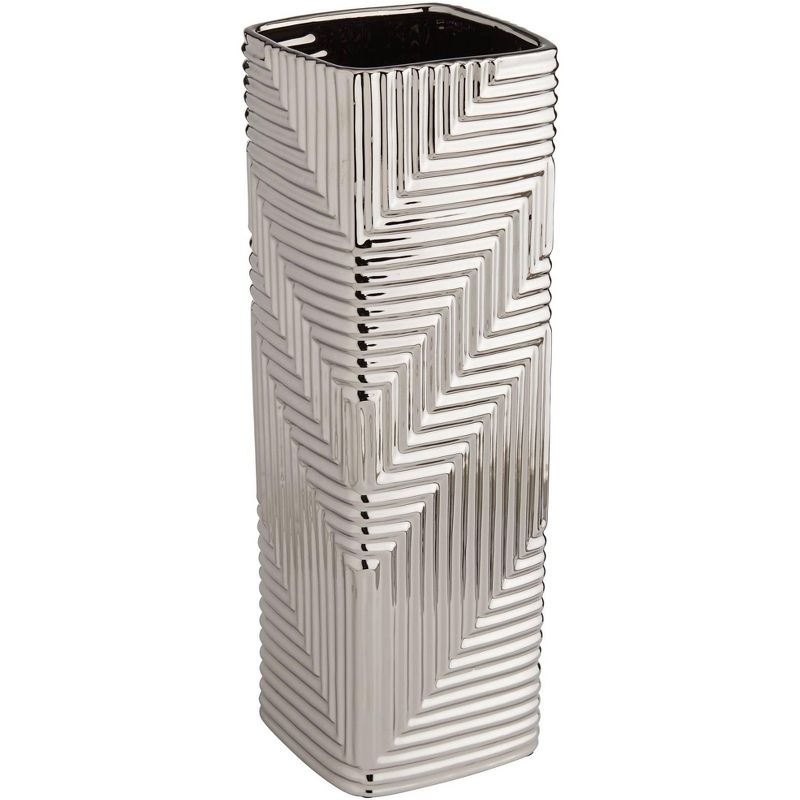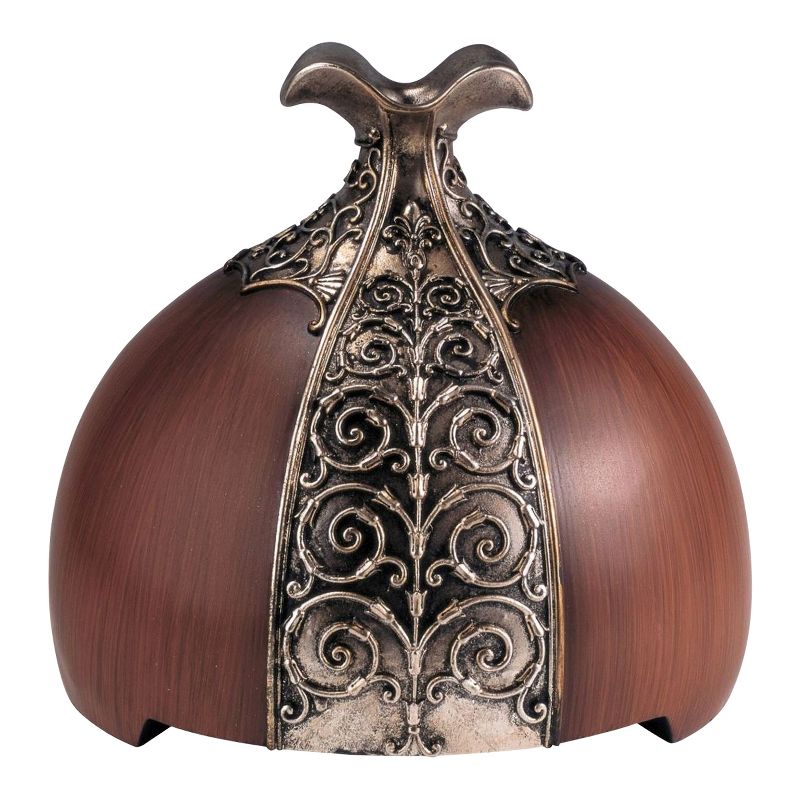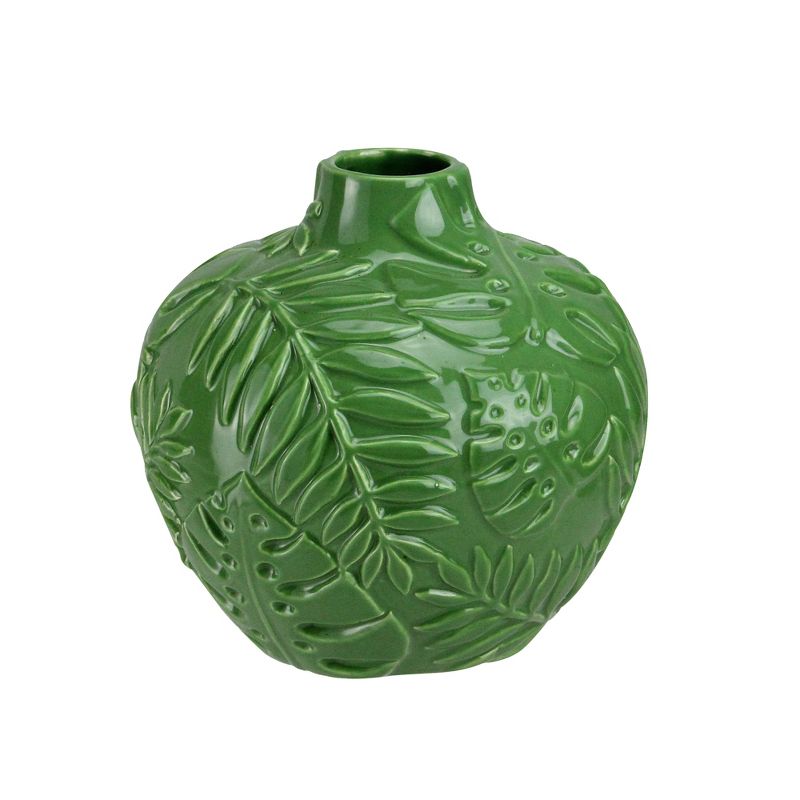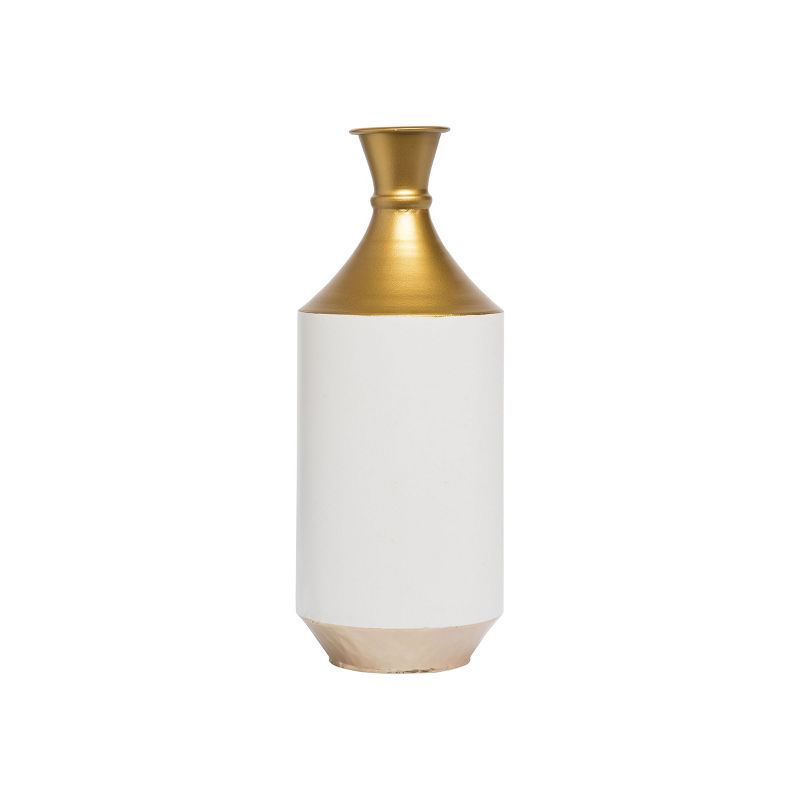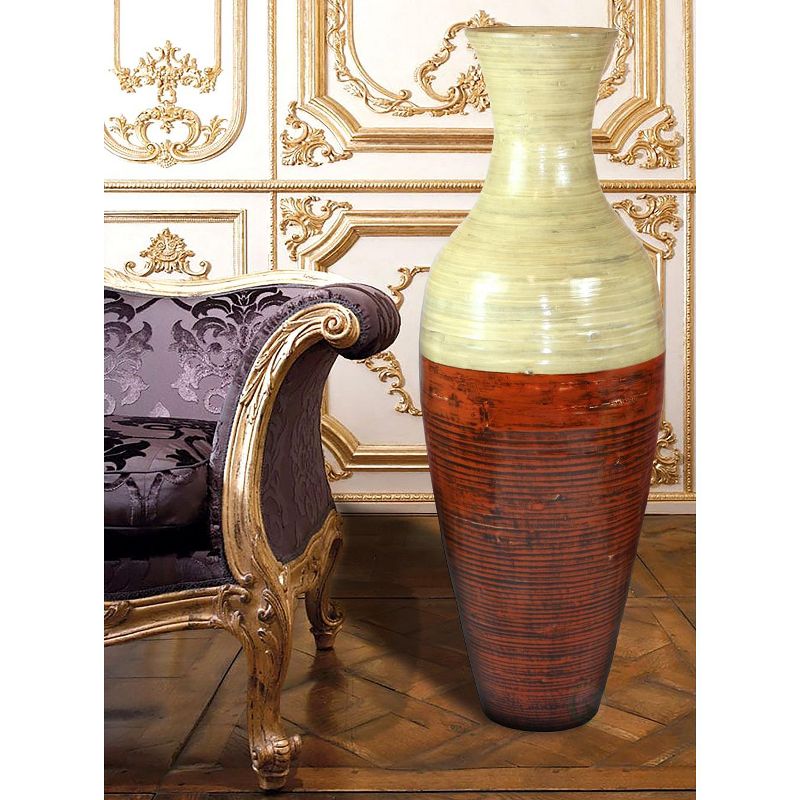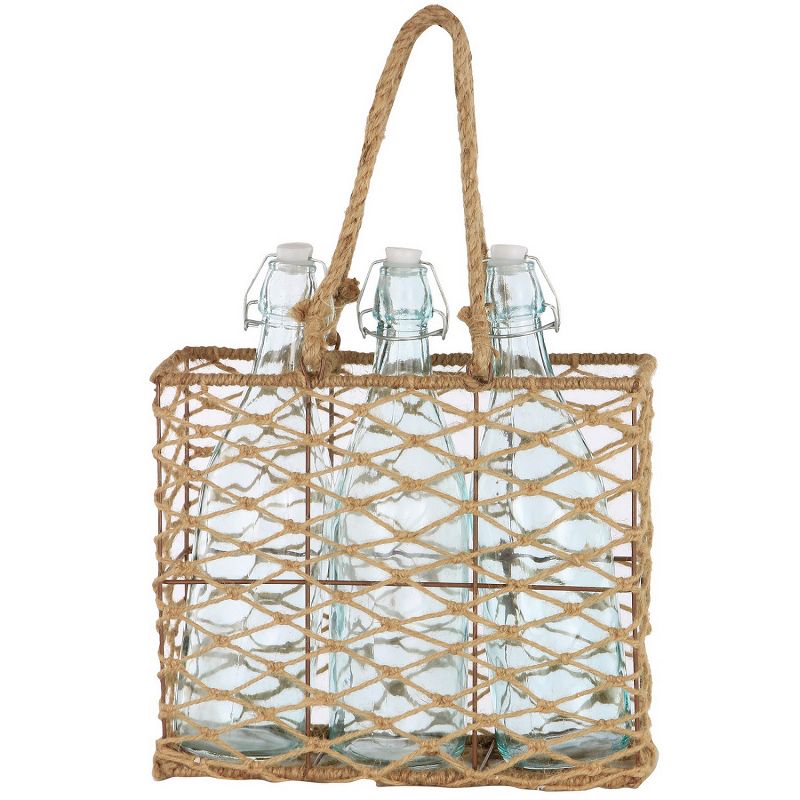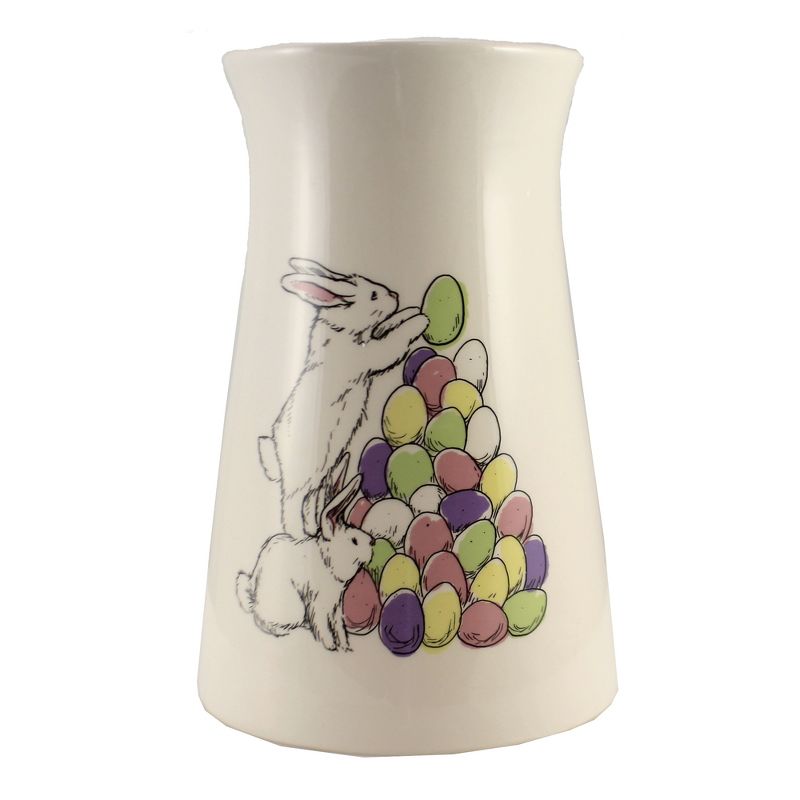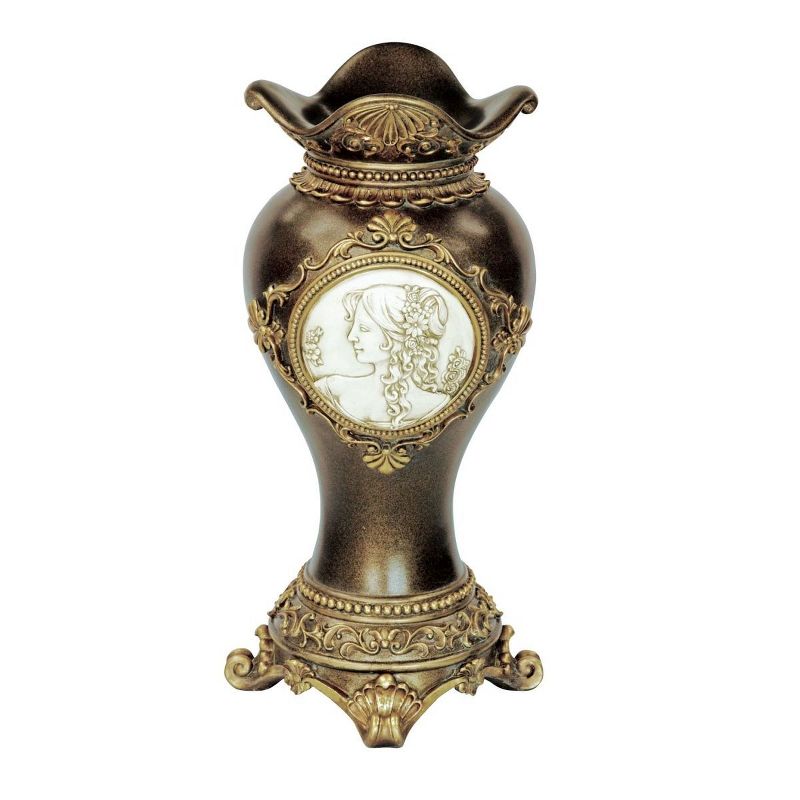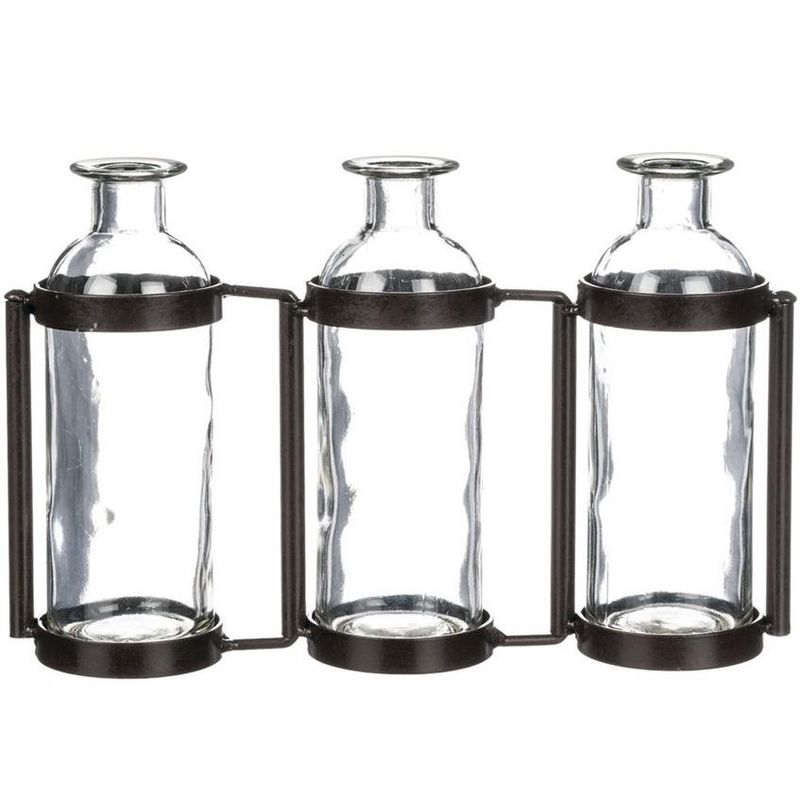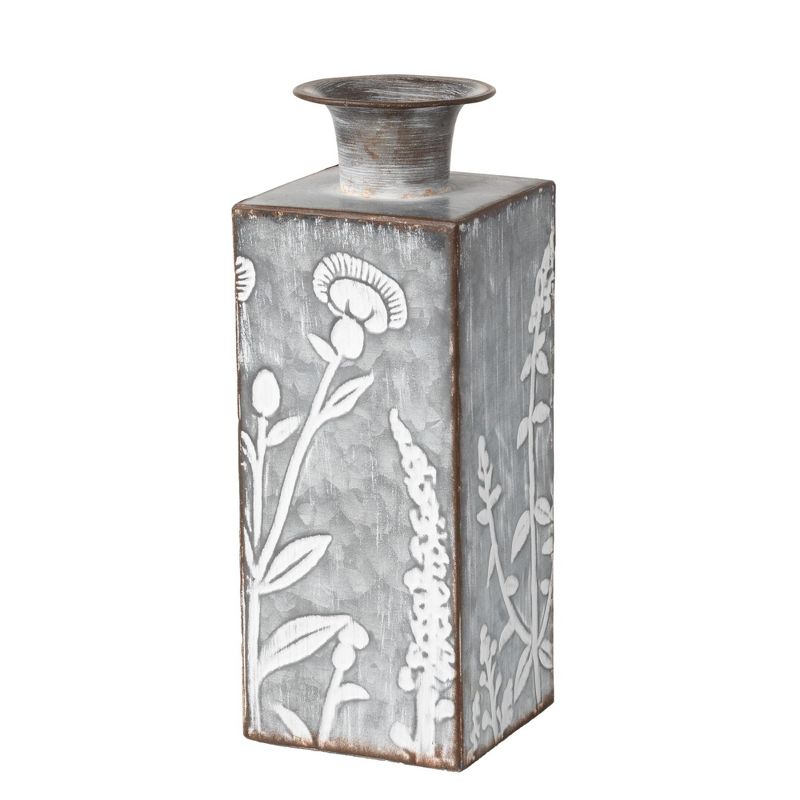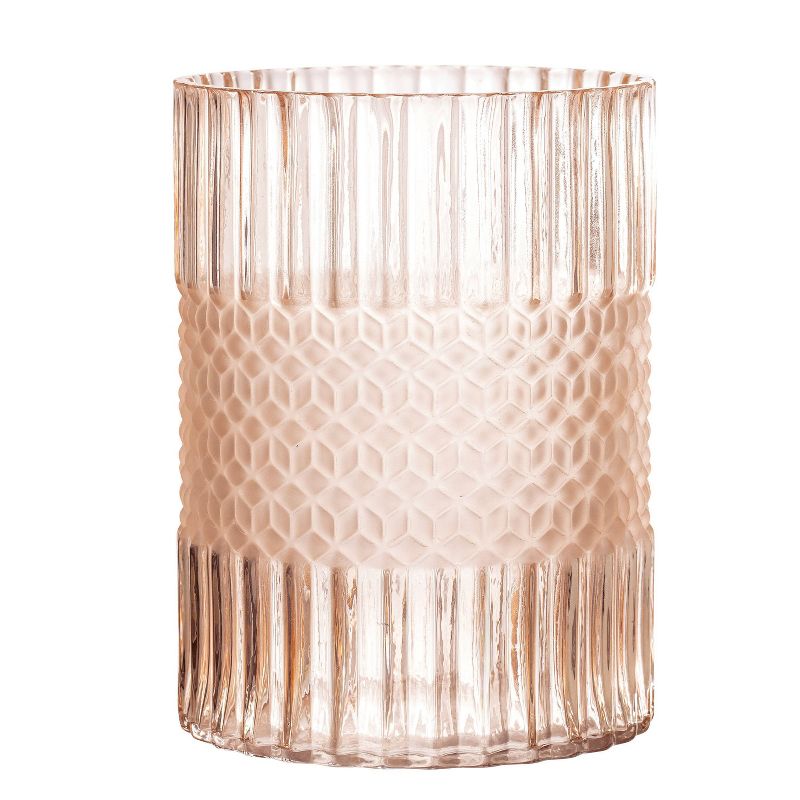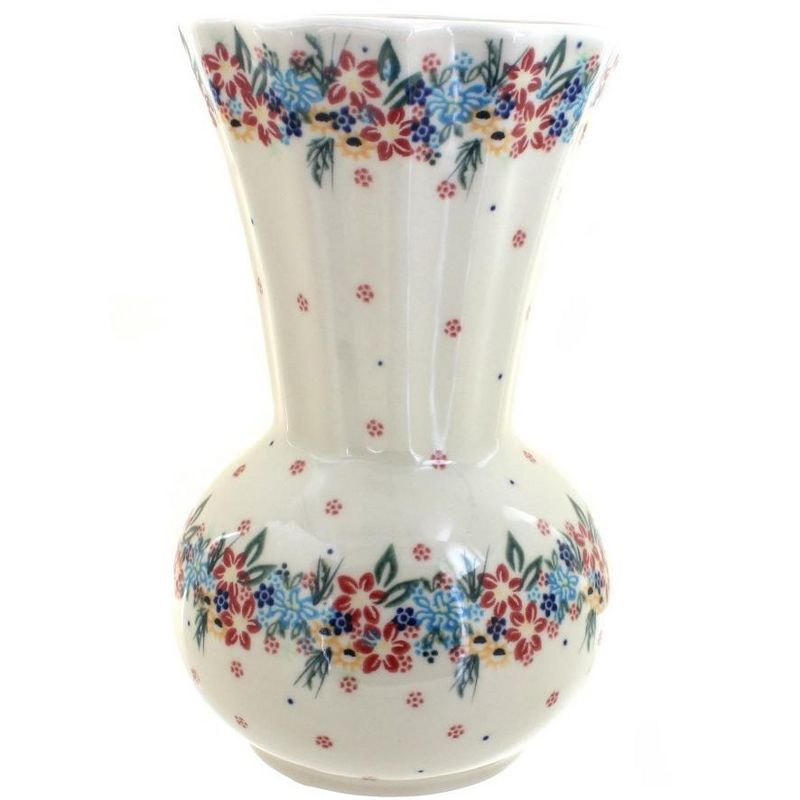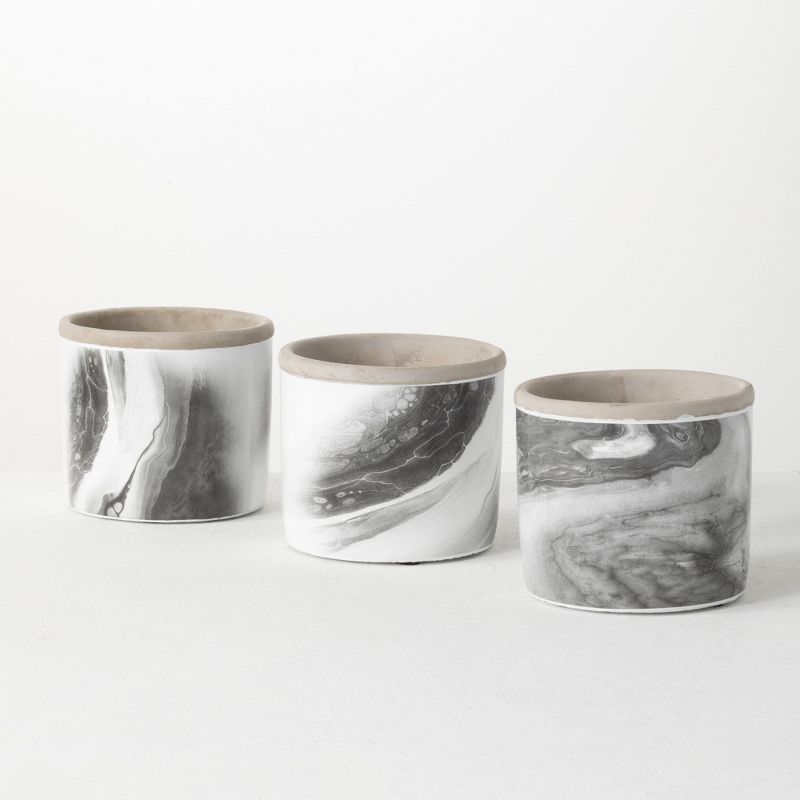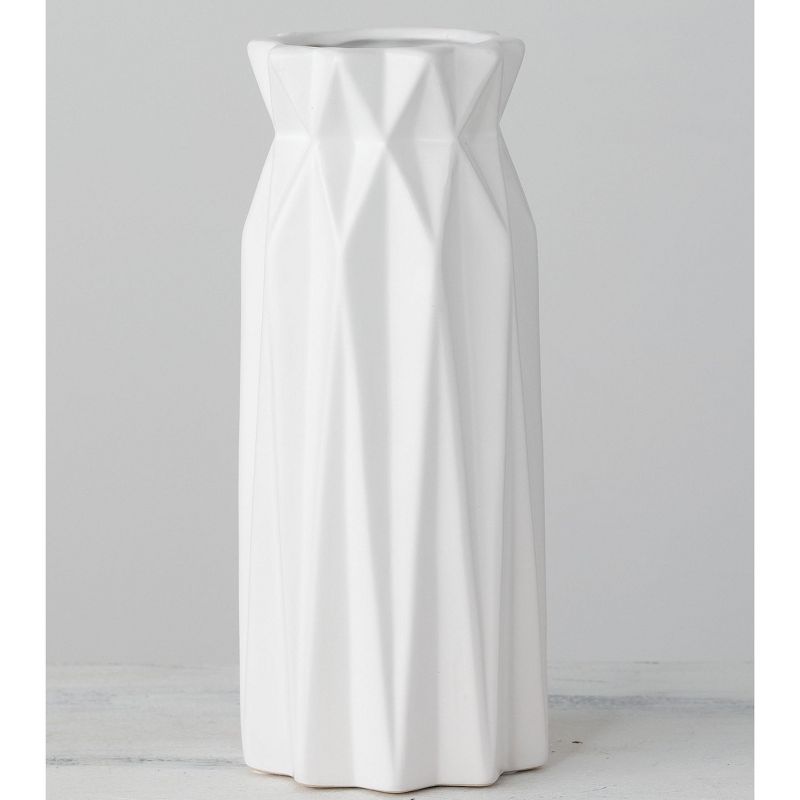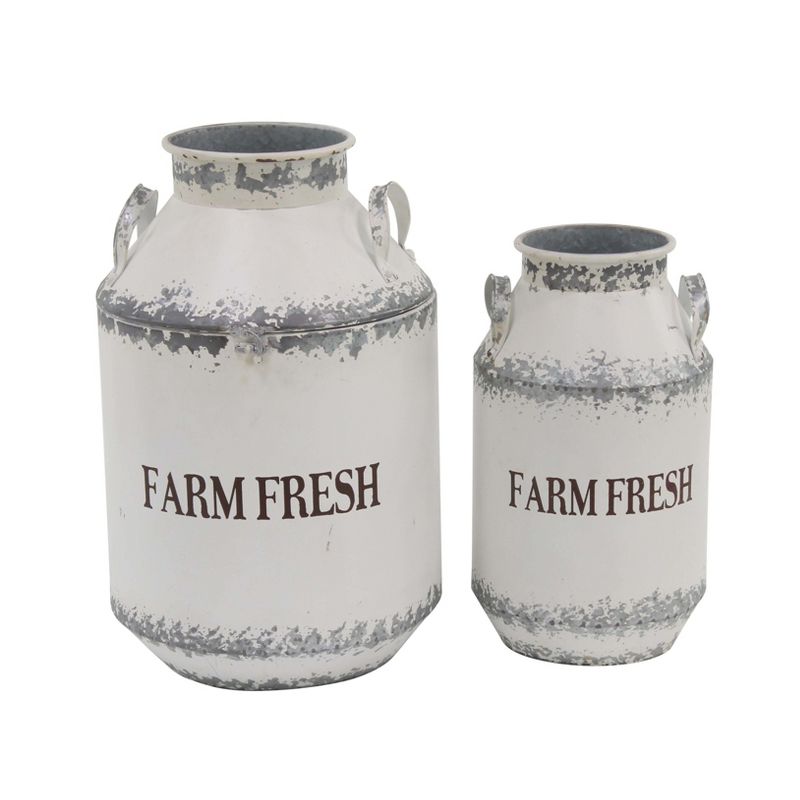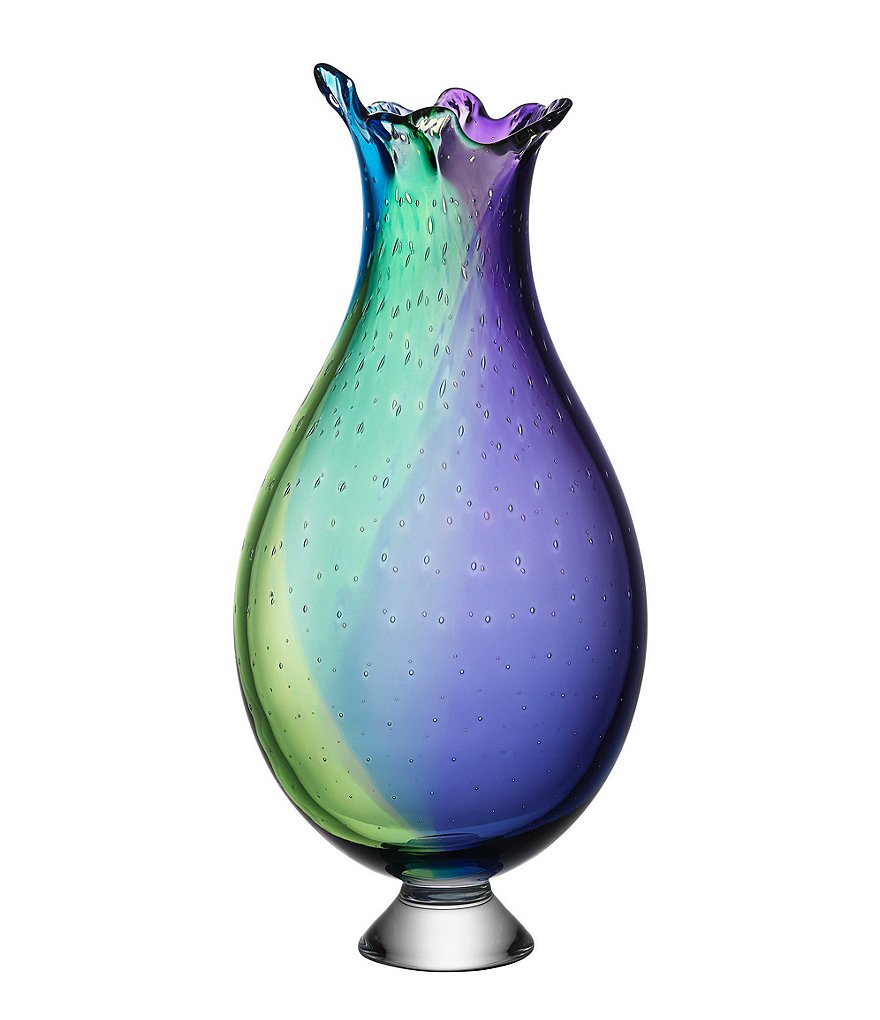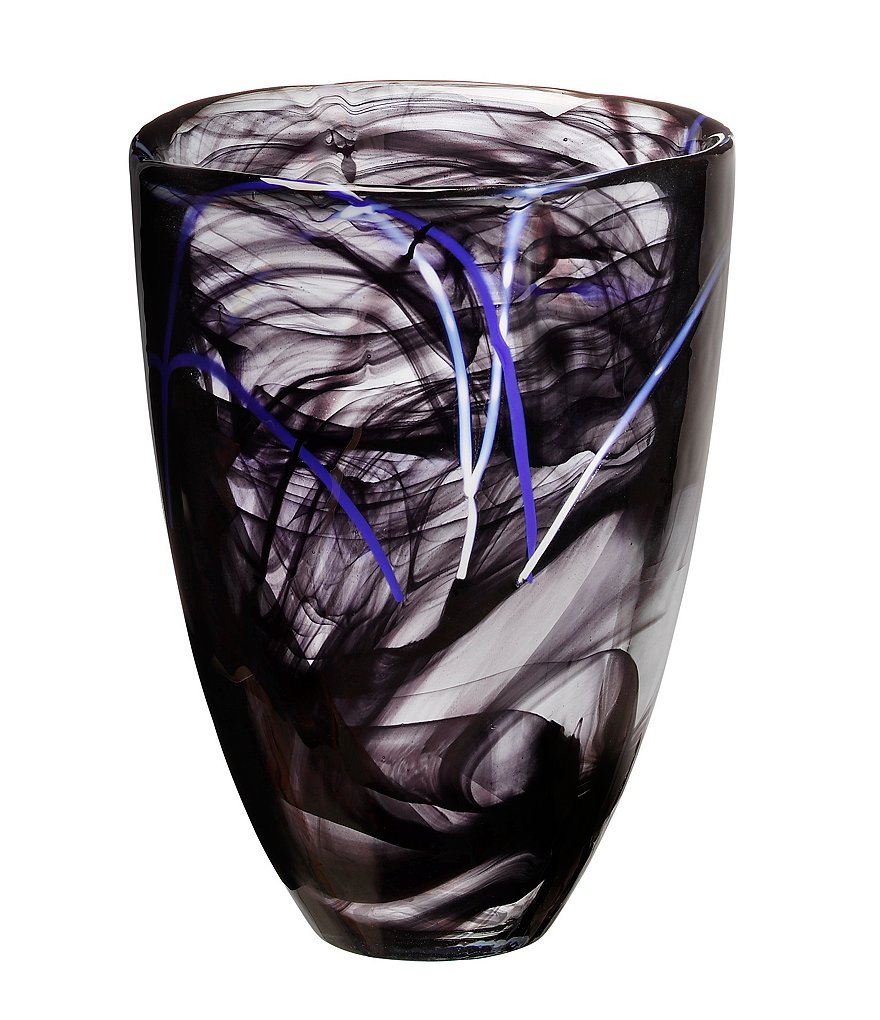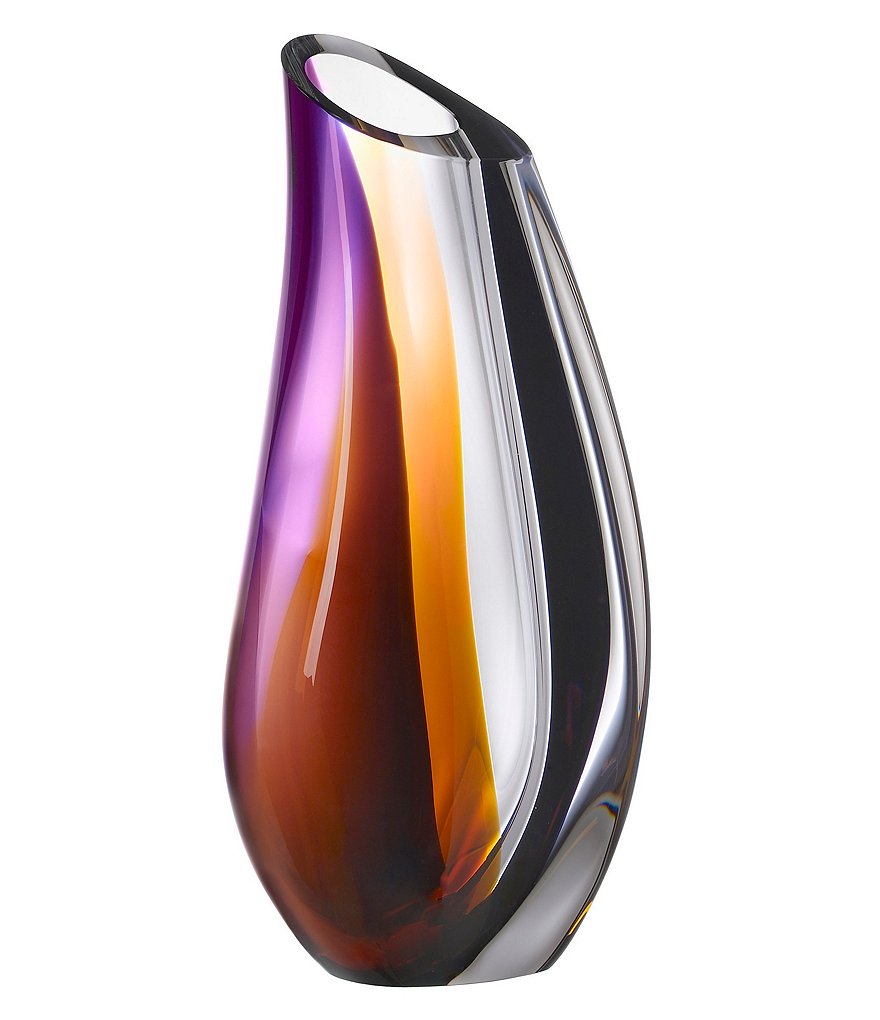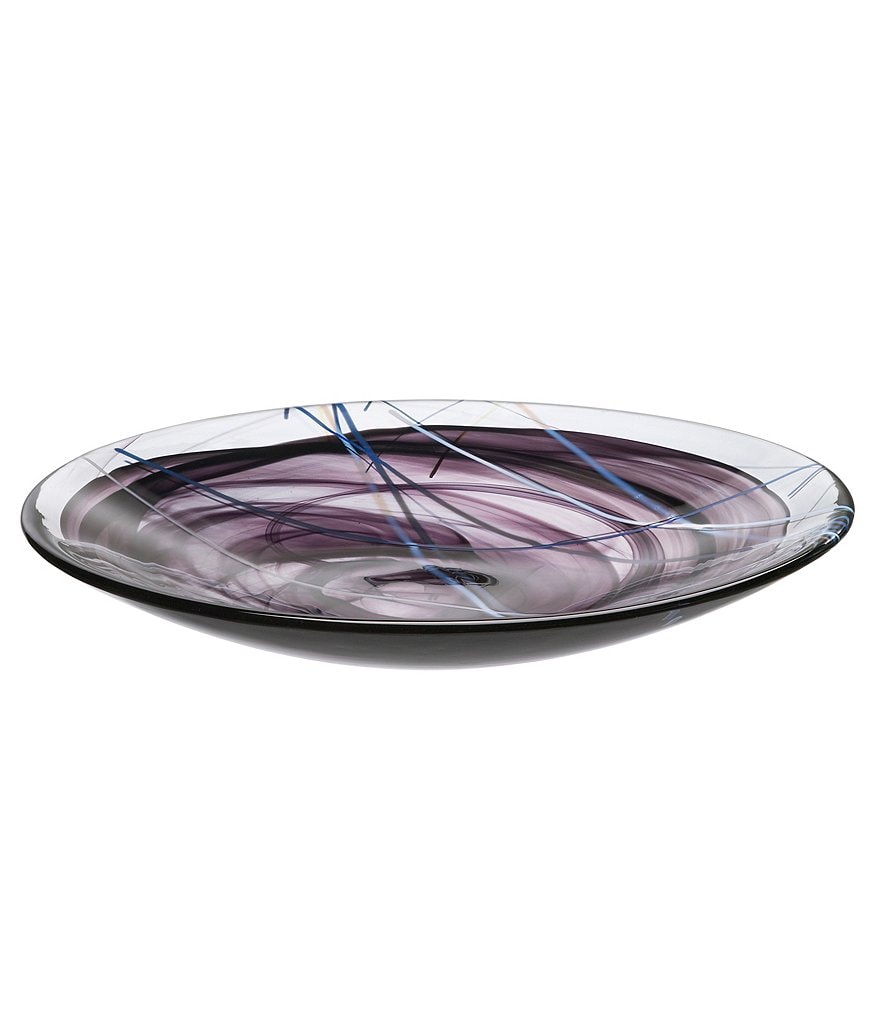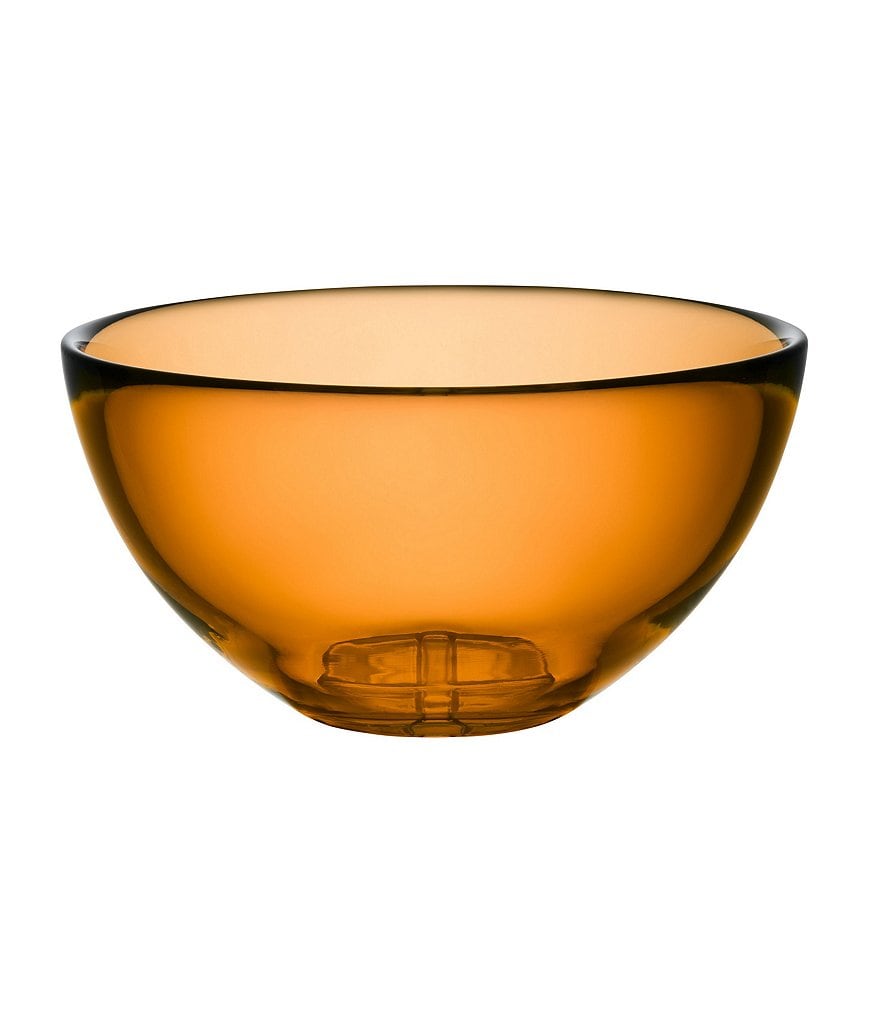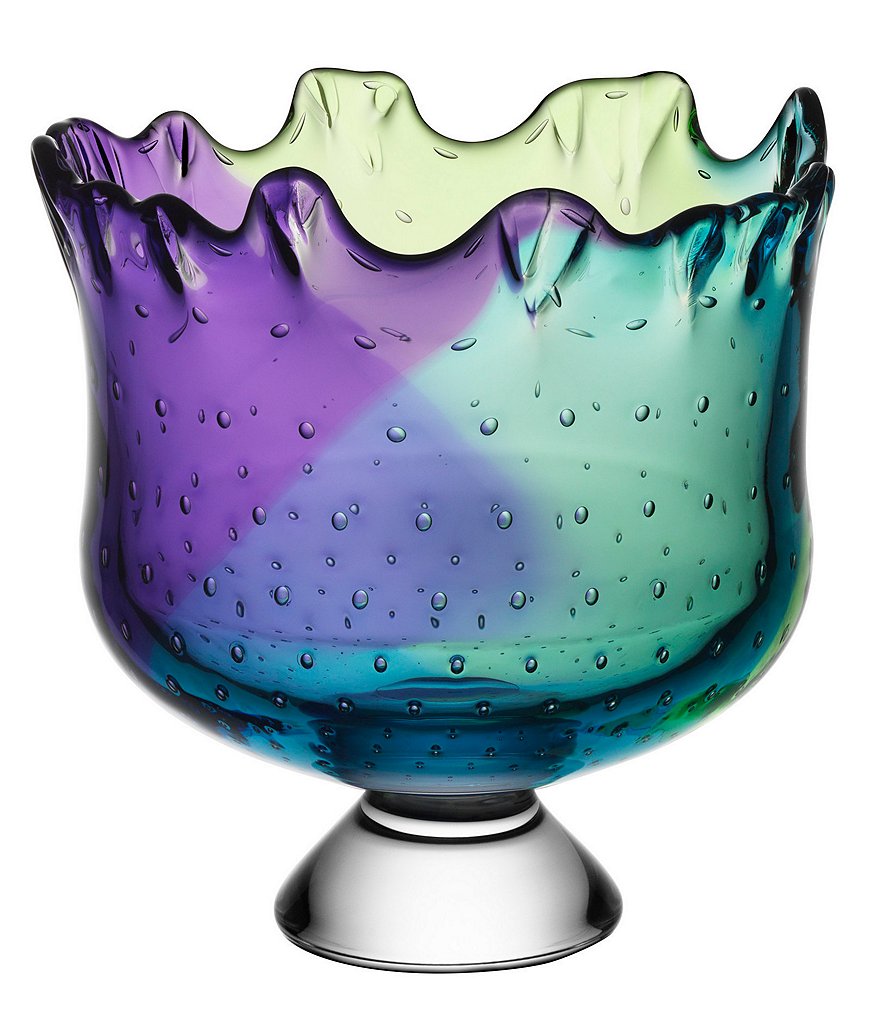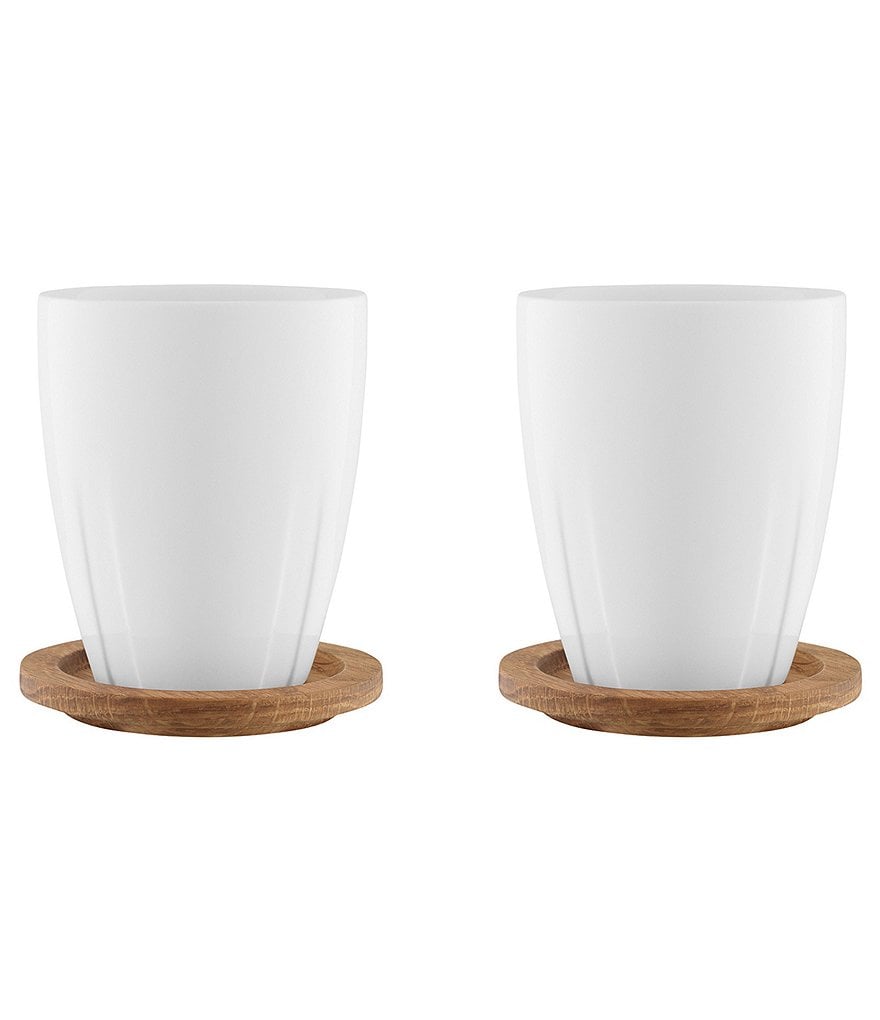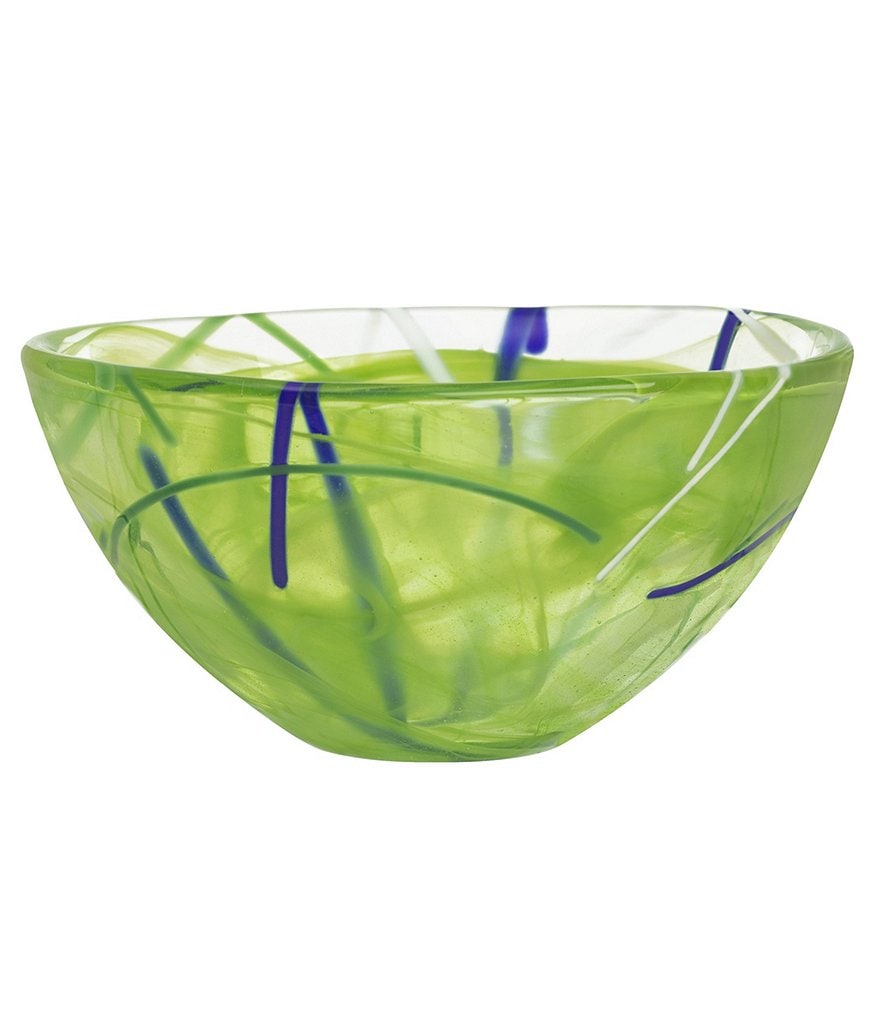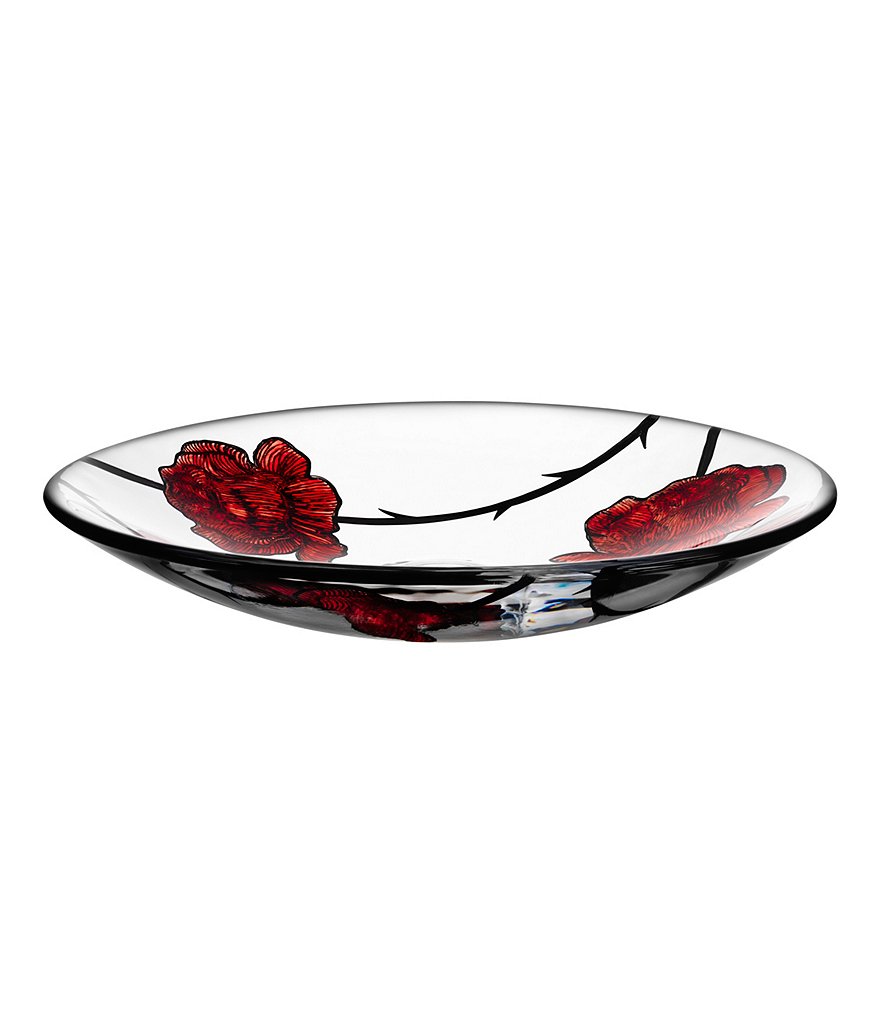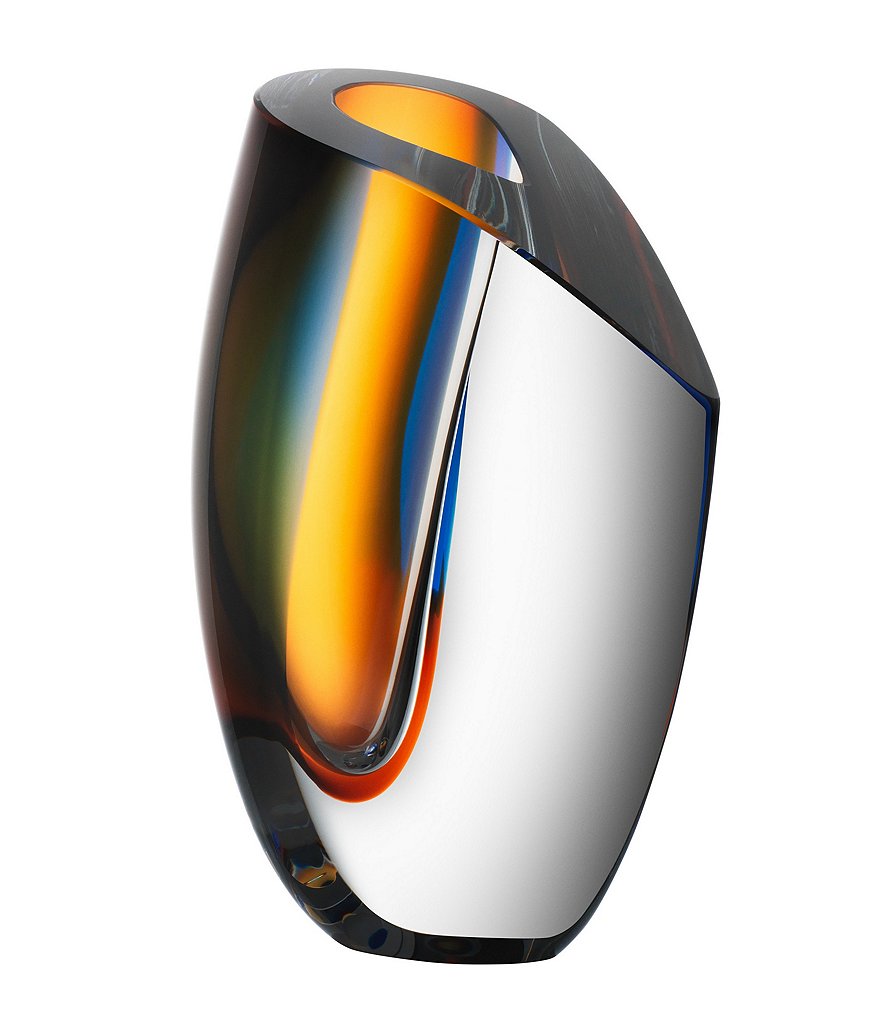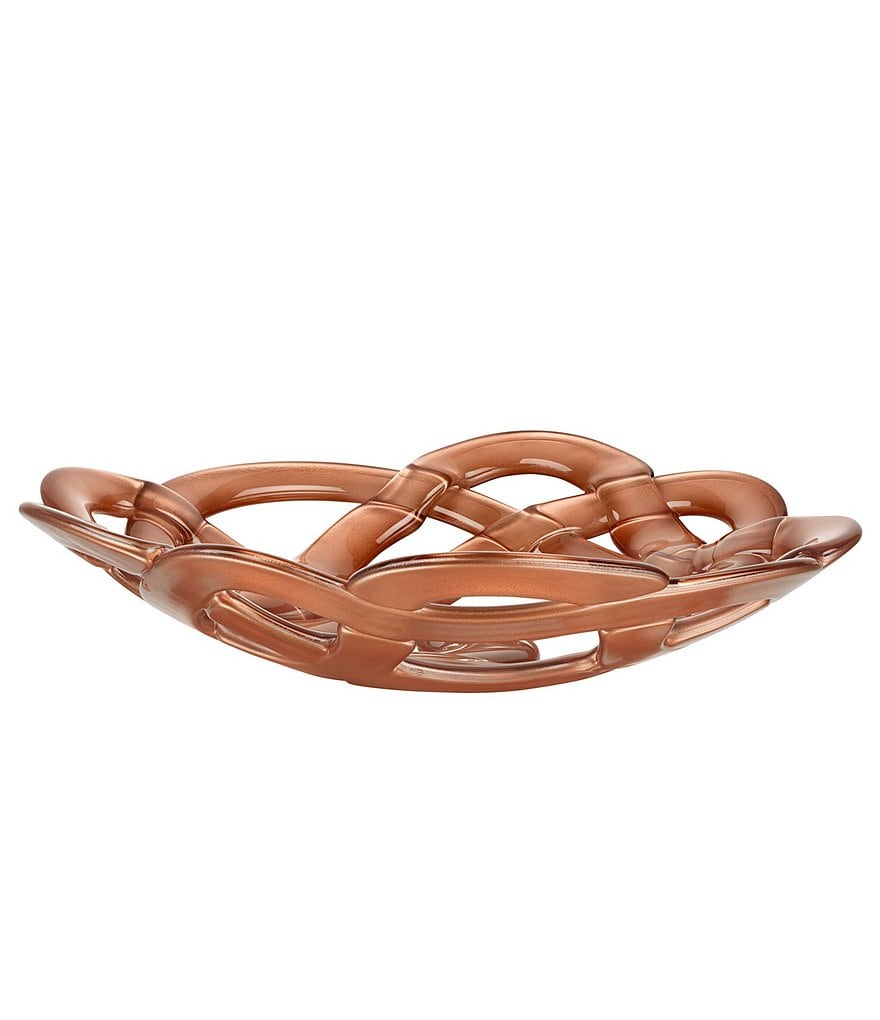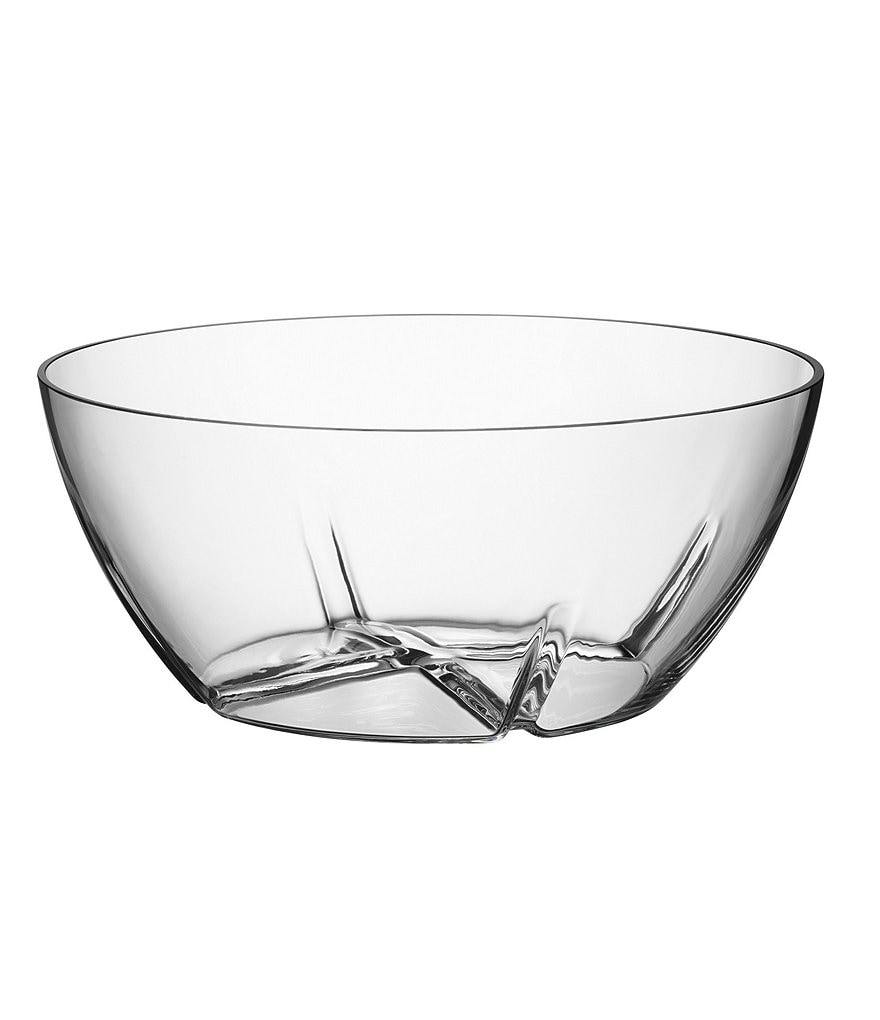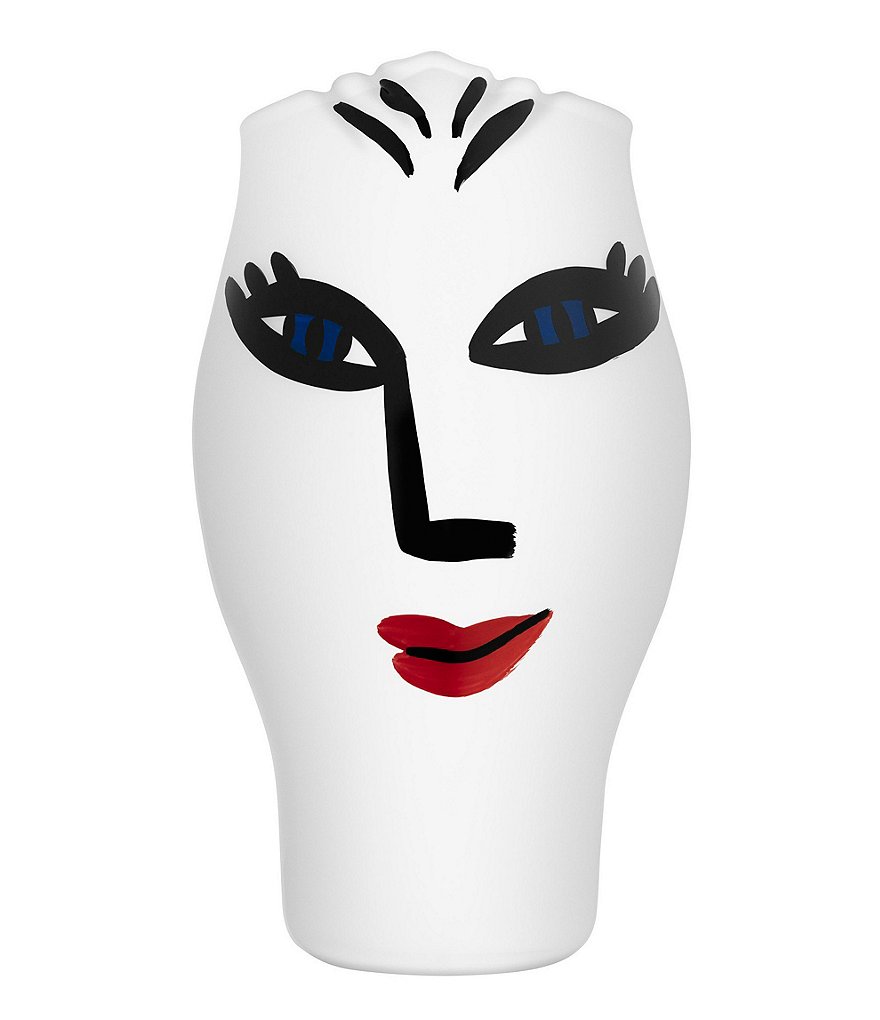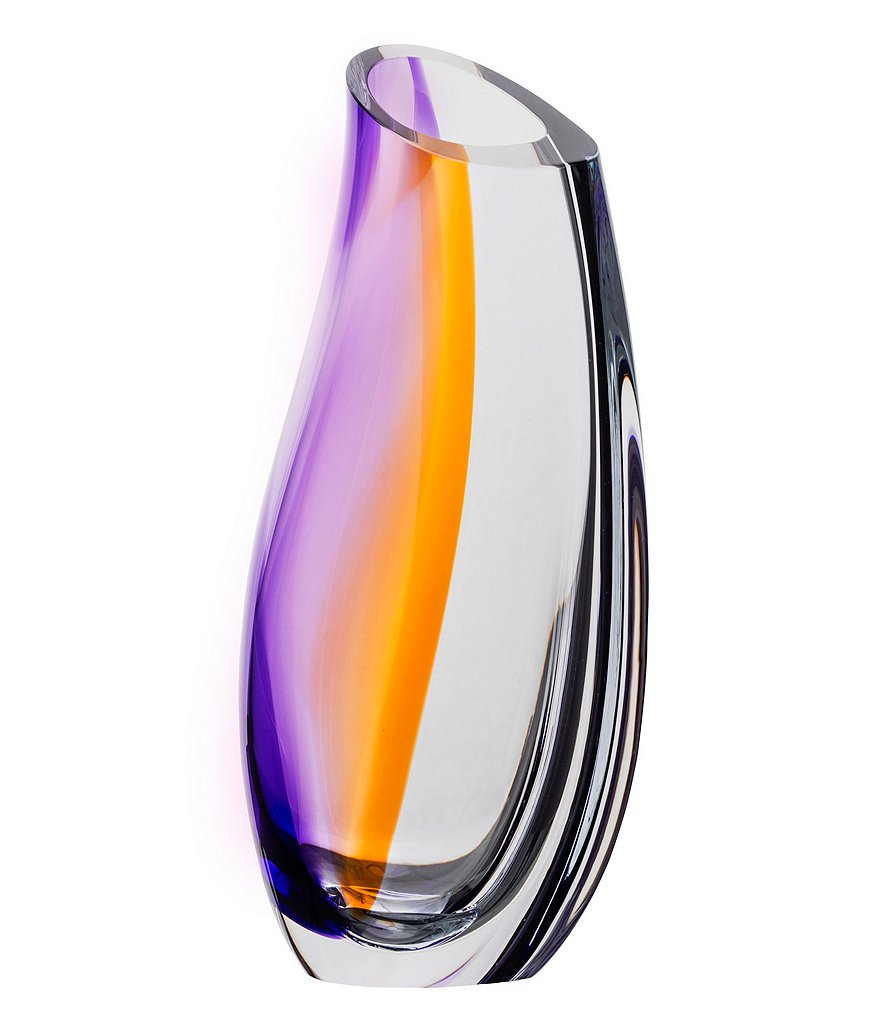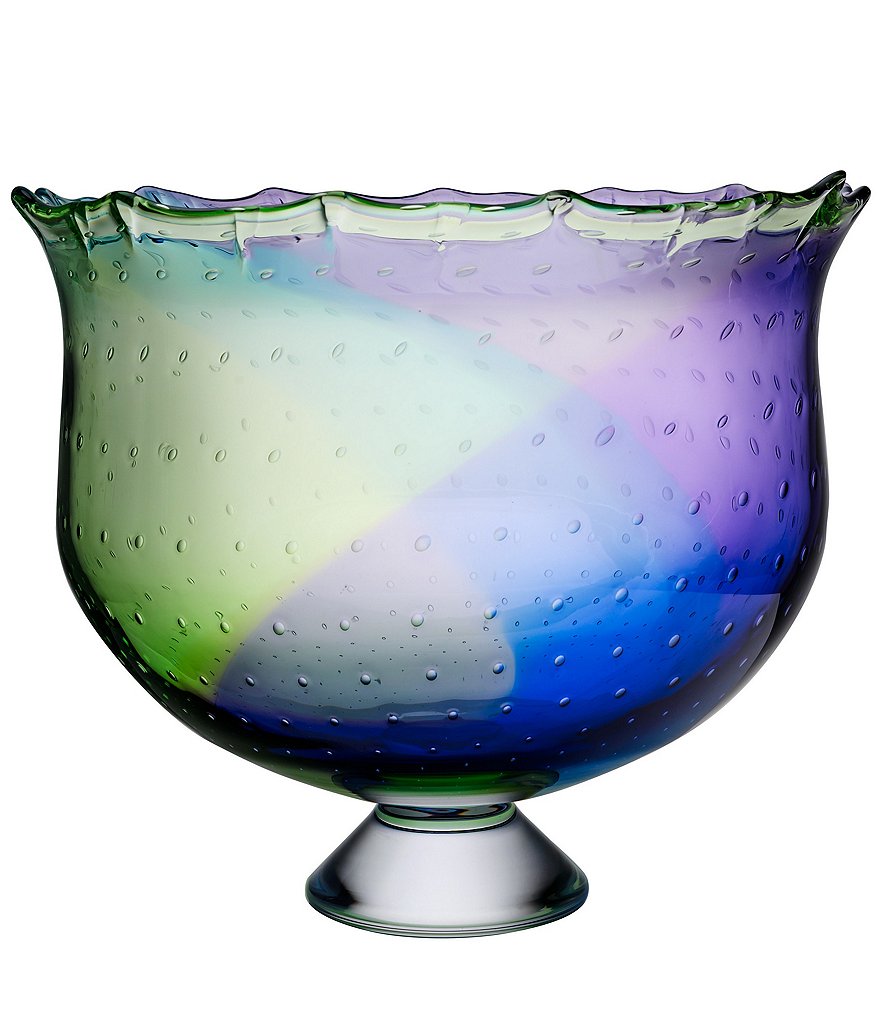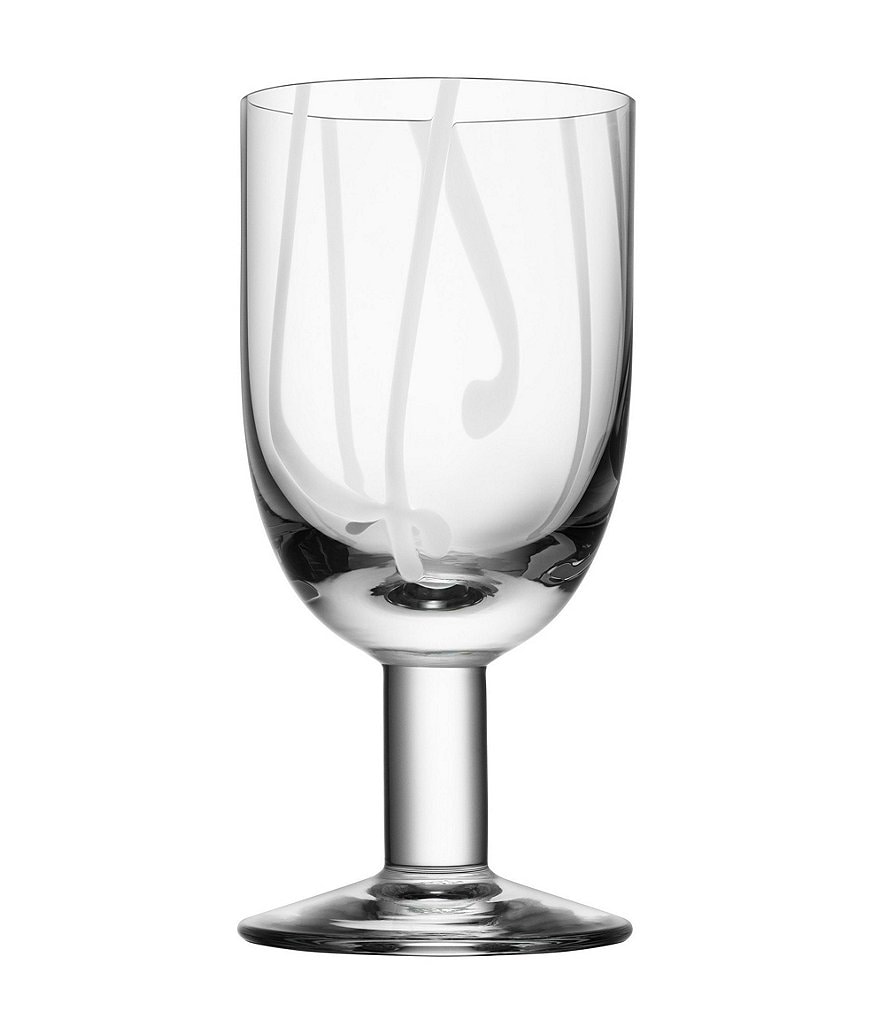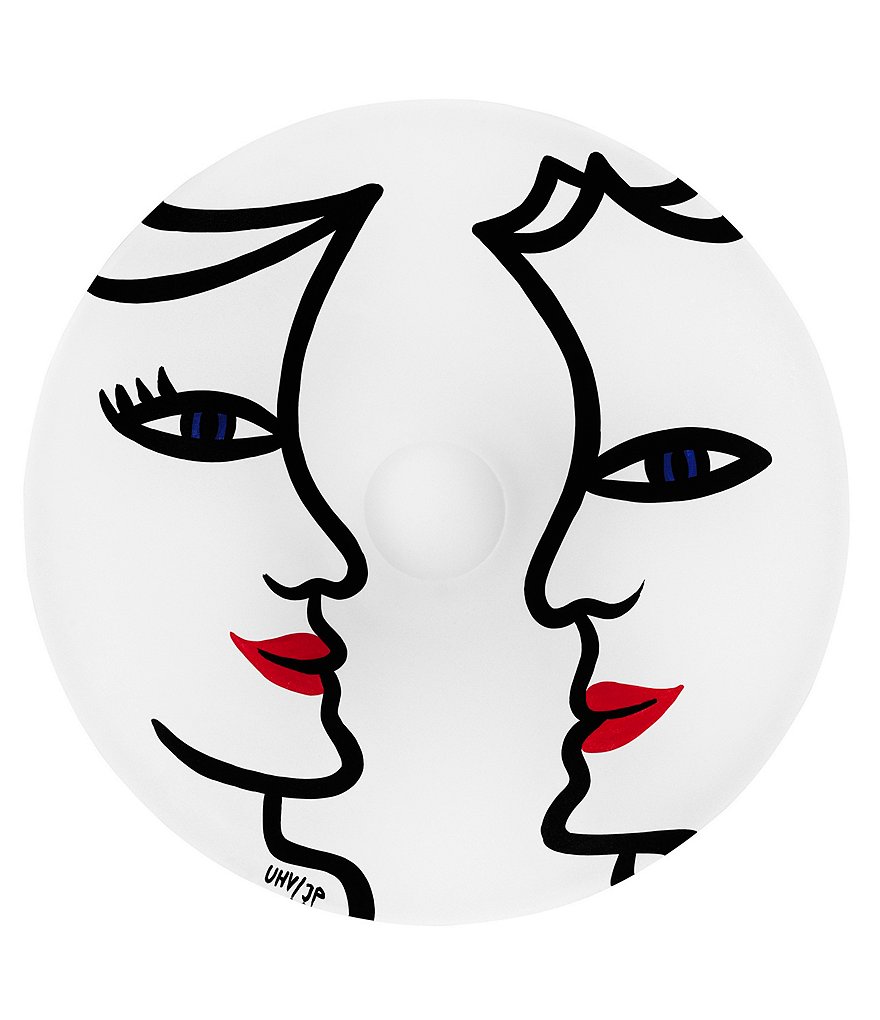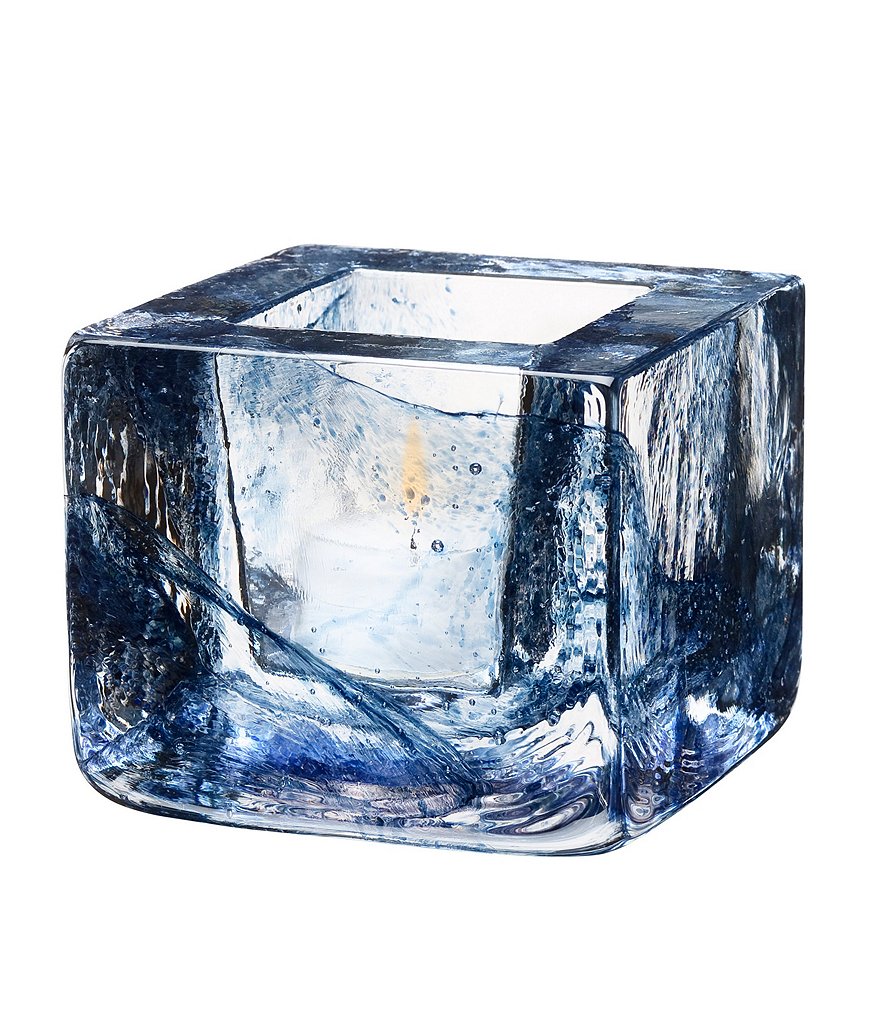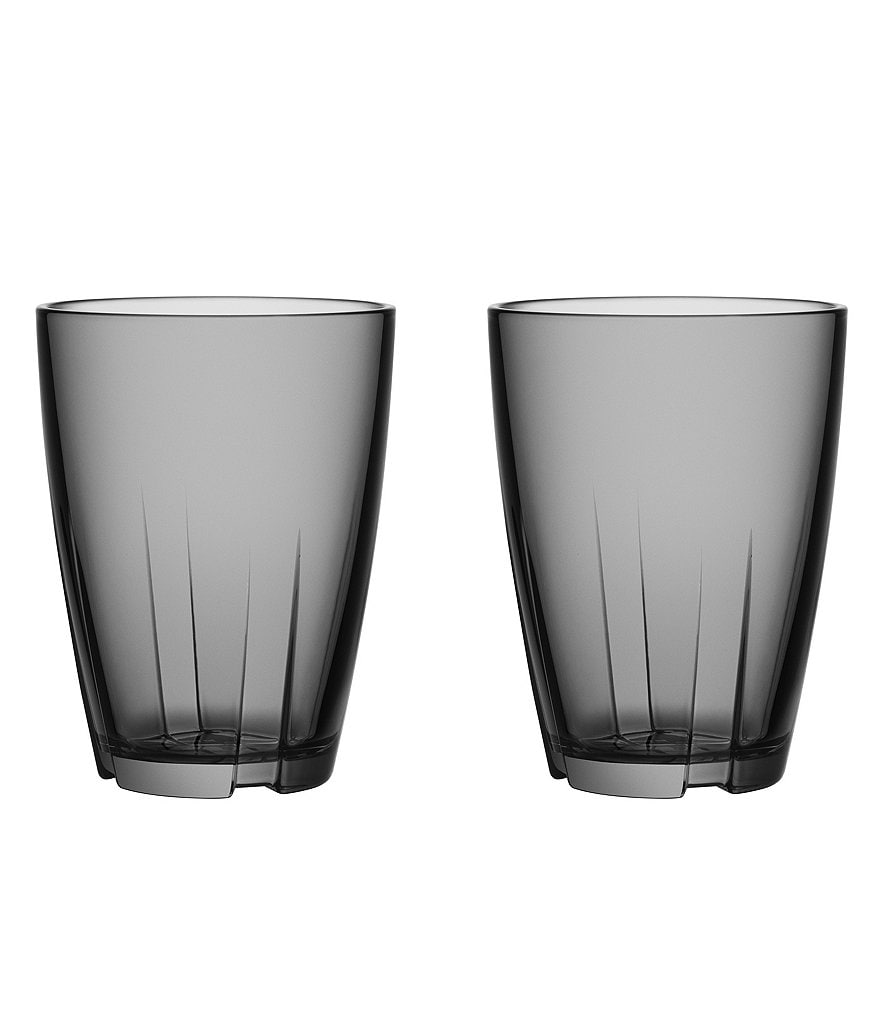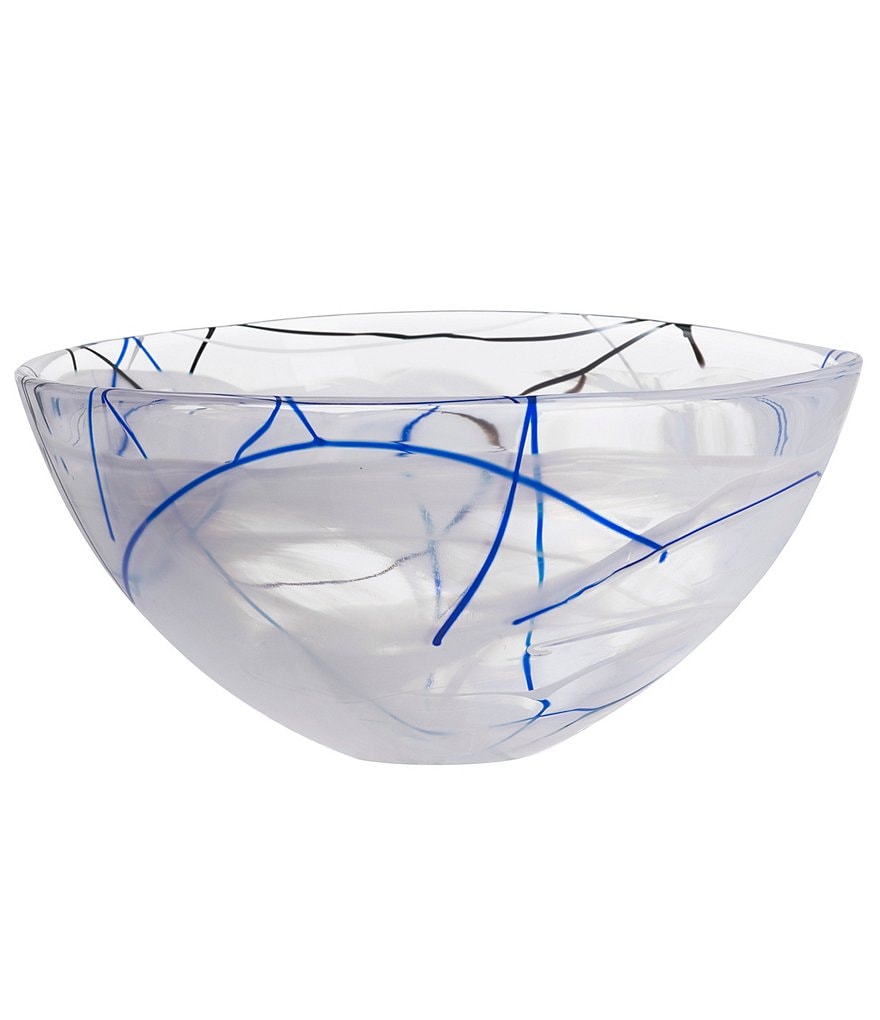Trusted shipping
Easy returns
Secure shopping
Buy Kosta Boda Poppy Pitcher in United States - Cartnear.com
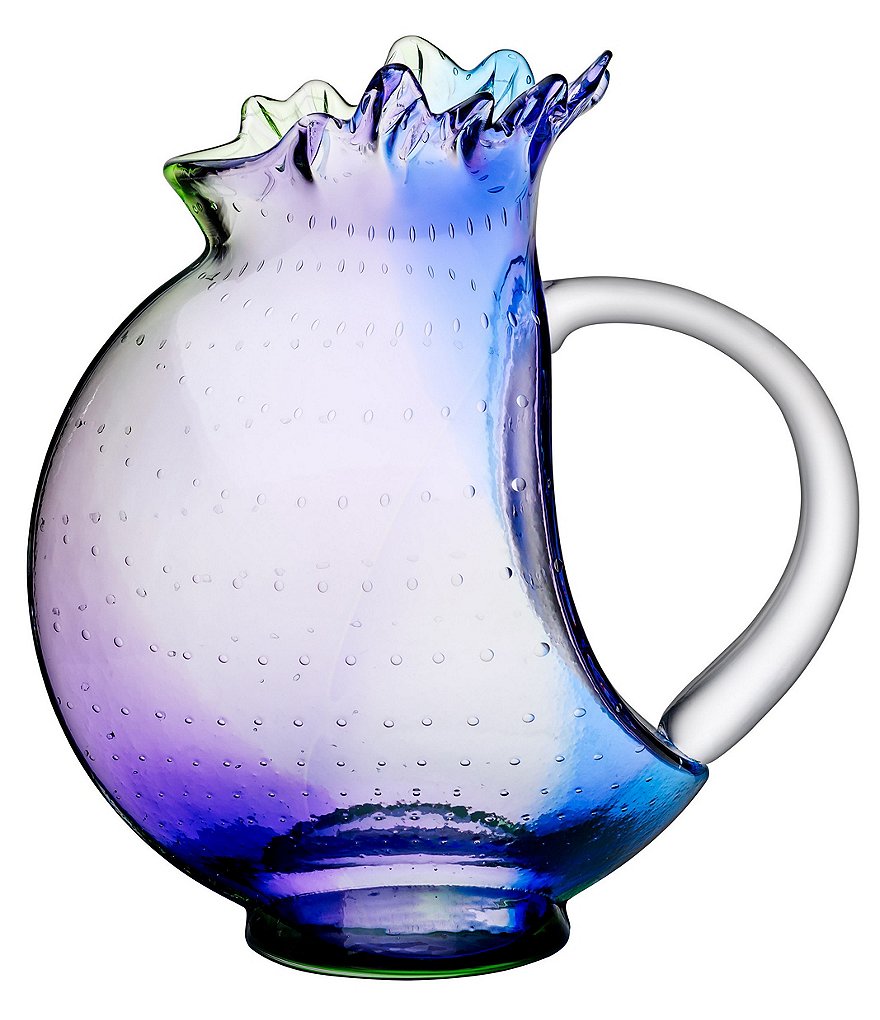
Kosta Boda Poppy Pitcher
CTNR987549 07321646014897 CTNR987549Kosta Boda
2027-01-06
/itm/kosta-boda-poppy-pitcher-987549
USD
467.5
$ 467.50
Item Added to Cart
customer
*Product availability is subject to suppliers inventory
SHIPPING ALL OVER UNITED STATES
100% MONEY BACK GUARANTEE
EASY 30 DAYSRETURNS & REFUNDS
24/7 CUSTOMER SUPPORT
TRUSTED AND SAFE WEBSITE
100% SECURE CHECKOUT
Designed by Kjell Engman. Our skilled glass-workers make this series by hand in Kosta using lead-free crystal. First, three colour rods are melted together to form the hub of what will then be blown into a bowl, vase or dish. The molten glass is caught on the pipe in two batches, building up the parison that will be blown up. The characteristic small bubbles of the series are created after the first gather, and after the second, the glass body is attached to a new pipe, giving the product its stand and the glass.“The poppy is associated with Demeter, the Greek goddess of fertility and the harvest. My inspiration comes from the moment the poppy opens up and spreads its seeds across the countryside. The colours symbolize the various play of colours in rain, frost, daylight and sunshine. The incredible shape, with its uneven edges and texture, was a bit of a challenge to create in glass.” From Kosta Boda, this pitcher features:
Following the journey of glass from a syrupy, molten state to glittering crystal is a spectacular sight that takes place in the Kosta Boda hot shops every day.
Designers, glassblowers, cutters, painters and engravers play their part in this skilled work every day, and each glass from Kosta Boda is a unique and sophisticated piece of craftsmanship. By the time the finished glass leaves the glassworks, no fewer than 15 different people have contributed to the production process.
Since 1898, art and crystal glass for everyday use has been produced under the brand of Orrefors. At our glassworks in Kosta, our skilled glassworkers are joined by several of Sweden’s most prestigious designers in developing the design, craftsmanship and new techniques. A smaller part of our production has been produced at other renowned glassworks, mainly in Europe, since 2004. A few products are produced in Asia. At all glassworks, we use the same designers and in many cases the production techniques developed by ourselves in Småland, Sweden.
- Glass
- Approx. 9.75#double; x 9.5#double;
- Hand wash
Following the journey of glass from a syrupy, molten state to glittering crystal is a spectacular sight that takes place in the Kosta Boda hot shops every day.
Designers, glassblowers, cutters, painters and engravers play their part in this skilled work every day, and each glass from Kosta Boda is a unique and sophisticated piece of craftsmanship. By the time the finished glass leaves the glassworks, no fewer than 15 different people have contributed to the production process.
Since 1898, art and crystal glass for everyday use has been produced under the brand of Orrefors. At our glassworks in Kosta, our skilled glassworkers are joined by several of Sweden’s most prestigious designers in developing the design, craftsmanship and new techniques. A smaller part of our production has been produced at other renowned glassworks, mainly in Europe, since 2004. A few products are produced in Asia. At all glassworks, we use the same designers and in many cases the production techniques developed by ourselves in Småland, Sweden.

